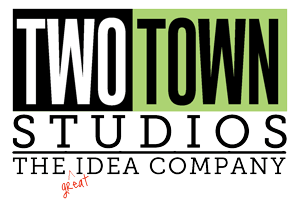One of the nice things about being in this business is that art licensing, for the most part, is not a cutthroat business. If you have ever spent much time in other commercial disciplines you know exactly what I am talking about, and also know how rare this is. Yes, you have competition and it is silly to give away all of your hard earned knowledge to your competitors, but most people in this biz are quick to share enough advice to at least keep someone from stepping into quicksand. This “refined attitude” also extends into our relationships with our clients, making our interaction truly cooperative rather than adversarial – unfortunately not a universal situation in other types of business either. This has allowed us to make many good friends in the industry, to the point where we look forward to the shows not only to do great business but also as a chance to hang out with our pals.
So where am I going with this? Well, we spend a lot of time with our clients both at the shows and after the shows, and there is nothing like good spirited cocktail conversation to find out what is really happening out there. We were chatting one recent evening at dinner and one of our art directors made this surprising comment:
“All of us manufacturers read the questions and comments in the art licensing groups, follow the tweets and listen to what is being said out there. It’s part of our job. None of us will ever openly comment because of the flood of artist inquiries that would follow, but these artists need to realize that what they say and do could determine whether or not I will be interested in working with them.“ She went on to say that someone who rants and raves or makes snotty comments on a thread (about manufacturers…?) gets their attention, and that there are people they will never work with because, based on what they have seen, they already know it would be difficult.
It is difficult in this business to separate the personal from the professional in our lives, and that is particularly true for artists. The move to a 24-hour social media driven world has only exacerbated that problem, so one must be doubly aware that you are going to be accountable for everything you say – just look at the Olympic athletes that are being bounced out of the games for inappropriate comments. You can get bounced too, the only difference is you will never know it.
Remember what Mom said…”If you have nothing nice to say…”
